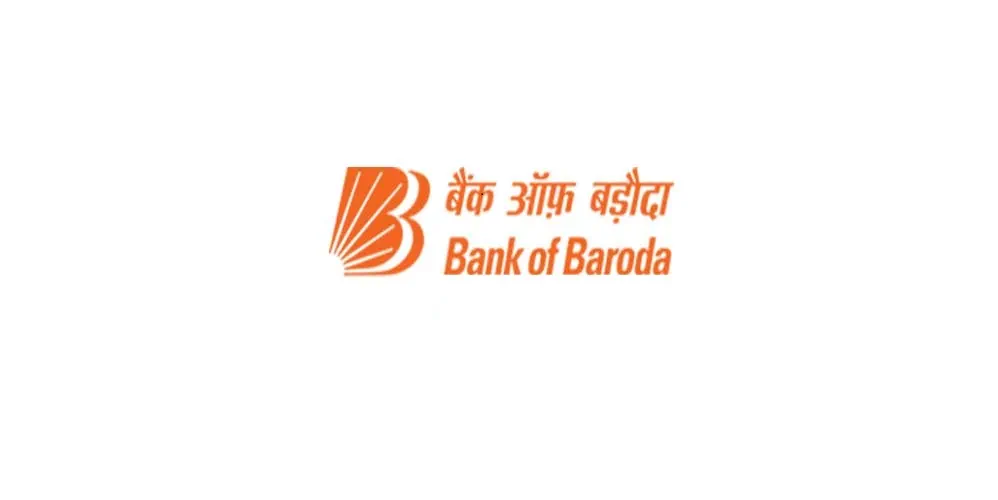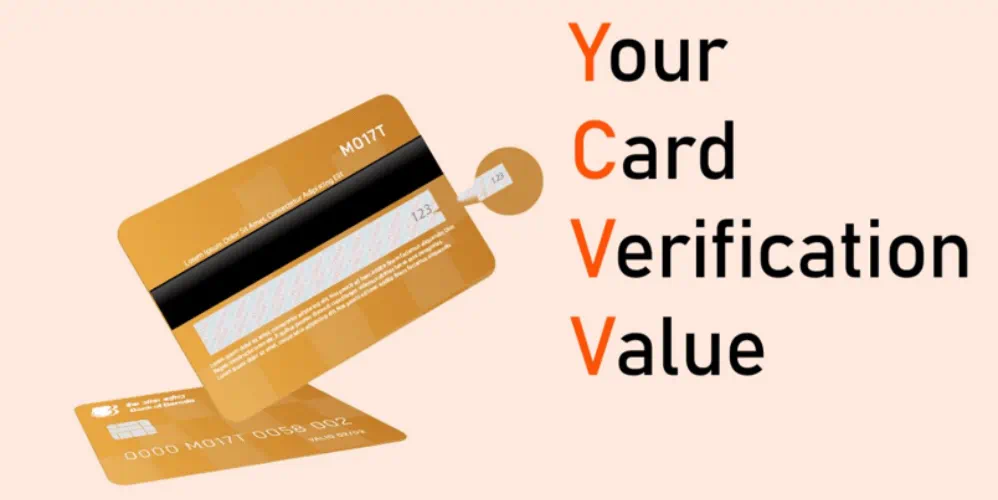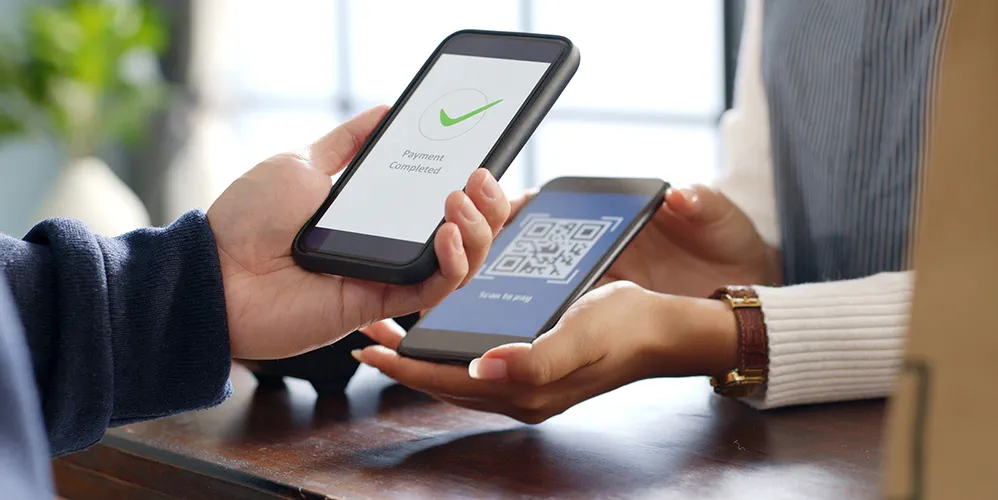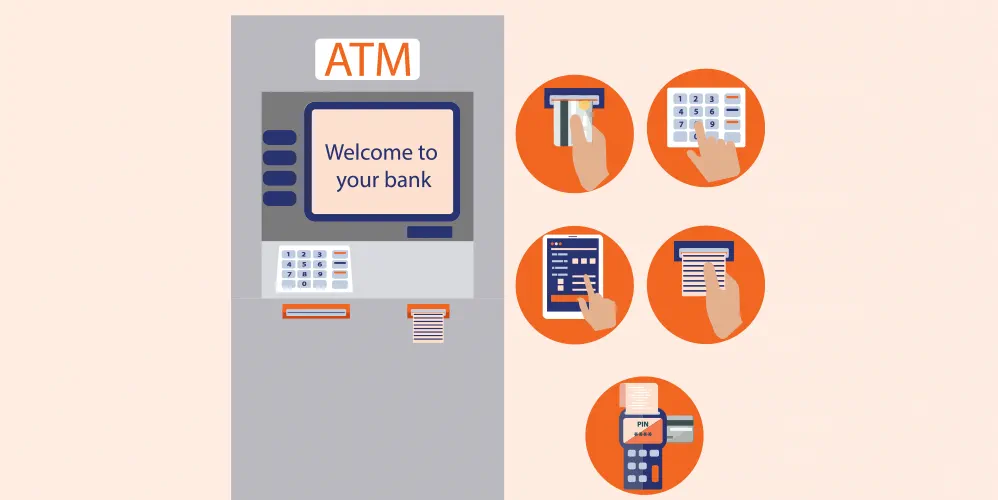
भारतीय रिजर्व बैंक ऑफ इंडिया द्वारा डिजिटल ऋण पर जारी नए दिशानिर्देश
21 अक्तूबर 2022

Table of Content
Owing to the rampant malpractice in the digital lending space, the Reserve Bank of India mandated digital loans to be credited directly to the borrower's bank account. A third-party inclusion will not be acceptable. Along with this norm, the RBI regulations suggest, that the charges to the Lending Service Providers (LPS) should be paid by the digital lending entities and not the borrowers.
What prompted RBI to introduce Regulation on Digital Loans?
India's digital lending landscape had upped with the riveting influence of digitalization in the past few years. With rampant smartphone usage and other technologies taking place with the fast-paced internet penetration, customers growing expectations lapped this rising change amid regulated environments. Digital loan disbursal count was at 12 times high thanks to the diverse influence of fintech players and digital lending models by the end of 2020. Both private banks and NBFCS 2020, took lead in the lending ecosystem and almost fifty-five per cent to thirty per cent of loans found disbursal through digital platforms.

Banks were drawn by the Unregulated Digital Frenzy
The RBI cited that private banks showed a greater share in digital lending but when it came to lending by digital mode NBFCs outdid private banks by 10%. Private banks too have invested heavily in technologies that improve customer experience leading to personalised service and products. Products include loans both personal and secured, digital business loan, vehicle loans, individual MSME loans, loans for the salaried and young generation. Fintech NBFCs have spearheaded these innovative approaches in digital lending taking a lead by tying up with e-commerce firms to not just fund buyers but listed business suppliers in the marketplace.
Financial institutions started partnering with aggregators, marketplaces, payment facilitators, wallet companies and other such entities. Marketplace aggregators along with fintech NBFCs, and technology service providers, used banks and NBFCs at the bank end as manufacturers of loans when booked. This made way for potential risk as these entities provided enhancements that were not purview of the RBI. New products differentiated as loans of terms, tenure and payment characteristics like Buy Now, Pay Later (BNPL), a point sale credit product became more innovative products.
The Risks and Challenges in Digital Lending
The increased use of digital lending applications from non-financial services, and unregulated entities have resulted in unethical business practices, data breaches, and mis-selling. The chief concerns in the portfolio include:
- No regulatory checking authority when disbursing digital consumer loans, digital business loans or instant loans.
- Missing pre-emptive mechanisms that safeguard against fraudulent digital lending entities.
- Unverified and unmonitored loan service providers’ (LSP) and apps for digital lending.
RBI Laid Regulation
Viewing all these challenges and more the RBI has curbed the engagement of third-party engagement, mis-selling, data encroachment, unfair business practice and the charging of exorbitant interest rates along with unethical recovery methods.
RBI segregated digital lenders into three entities:
- First those under the RBI and permitted to carry out digital lending.
- Second those that have been authorised to lend following statutory regulations and provisions but are not under RBI's regulation.
- Third, are lenders outside the purview of statutory and regulatory provisions.
The regulations directly target digital loans belonging to the regulated entities of RBI and the LSPs extending credit card facilities and services.
On January 2021 a Working Group of RBI was set up for digital lending through online platforms and mobile applications. The working group came up with institutional and legislative guidelines that regulate illegitimate lending.
Do these guidelines suggest that the RBI is against Digital Lending Practices?
RBI supports orderly growth and credit delivery through digital lending methods and fintech loans. The purpose of bringing in some strict regulations and monitoring is to mitigate all unlawful activities. It establishes that all digital loan disbursals and repayments should be executed between the borrowers’ bank account without the interference from a third party or an LSP pool account. It also makes clear that any fee or charges payable to LSP, while intermediating credit should be borne by the RE and not shouldered by the borrower. For the borrower to proceed with the loan executing contract, a standardised Key Fact Statement (KFS) must be produced.
The borrower should be given the freedom to exit in the cooling off/lock-up period with payment of the principal and Annual Percentage Rate (APR) without penalty. The REs and the LSPs should be able to deal with the fintech loans and digital lending grievances through their nodal grievance redressal officer. The details of the officer must be displayed prominently on the website of the RE, its LSPs and DLAs.
Further, all complaints lodged by the borrower should be resolved by the RE within 30 days. If no action is taken, a complaint in the reserve Bank Integrated Ombudsman Scheme (RB-IOS) can be lodged.
All data collected by DLA/LSPs should have complete consent of the borrower with explicit options to accept, revoke or delete previously consented permissions.
The guidelines recommended by the working group have been accepted in principle by the RBI, but the fact that more examination is required on them has not been ruled out. Further engagement from the central government and stakeholders will iron out the technical complexities with legislative intervention laying down the best institutional practices.
Conclusion:
It cannot be denied that digital lending is convenient for both customers and providers. However, the need for regulation on this platform is essential. Therefore, easing some of the regulations while keeping the best interest of customers in view and with constant monitoring and customer redress platforms, digital loans can be made more approachable with safety. If you are looking for reliable digital loans, safely trust the Bank of Baroda digital loan, which is amplified with protection. Offering cautious guidelines for customer convenience the digital lending by Bank of Baroda is meant for your convenience with the best account protection methods. Visit the Bank of Baroda website today.
Popular Articles
What is Tenure in a Personal Loan and How to Choose the Loan Tenure Smartly?
Related Articles



What is CVV on a Debit Card? Understanding Its Importance and Security Features


How to Update Your FASTag KYC: Step-by-Step Guide for Online & Offline Methods




The Importance of Pension Funds: Secure Your Future with Steady Retirement Income

-
डिस्क्लेमर
इस लेख/इन्फोग्राफिक/चित्र/वीडियो की सामग्री का उद्देश्य केवल सूचना से है और जरूरी नहीं कि यह बैंक ऑफ बड़ौदा के विचारों को प्रतिबिंबित करे। सामग्री प्रकृति में सामान्य हैं और यह केवल सूचना मात्र है। यह आपकी विशेष परिस्थितियों में विशिष्ट सलाह का विकल्प नहीं होगा । बैंक ऑफ बड़ौदा और/या इसके सहयोगी और इसकी सहायक कंपनियां सटीकता के संबंध में कोई प्रतिनिधित्व नहीं करती हैं; यहां निहित या अन्यथा प्रदान की गई किसी भी जानकारी की पूर्णता या विश्वसनीयता और इसके द्वारा उसी के संबंध में किसी भी दायित्व को अस्वीकार करें। जानकारी अद्यतन, पूर्णता, संशोधन, सत्यापन और संशोधन के अधीन है और यह भौतिक रूप से बदल सकती है। इसकी सूचना किसी भी क्षेत्राधिकार में किसी भी व्यक्ति द्वारा वितरण या उपयोग के लिए अभिप्रेत नहीं है, जहां ऐसा वितरण या उपयोग कानून या विनियमन के विपरीत होगा या बैंक ऑफ बड़ौदा या उसके सहयोगियों को किसी भी लाइसेंसिंग या पंजीकरण आवश्यकताओं के अधीन करेगा । उल्लिखित सामग्री और सूचना के आधार पर किसी भी वित्तीय निर्णय लेने के लिए पाठक द्वारा किए गए किसी भी प्रत्यक्ष/अप्रत्यक्ष नुकसान या देयता के लिए बैंक ऑफ बड़ौदा जिम्मेदार नहीं होगा । कोई भी वित्तीय निर्णय लेने से पहले अपने वित्तीय सलाहकार से सलाह जरूर लें।
टोकनाइजेशन आपकी ऑनलाइन खरीद में कैसे परिवर्तन लाएगा
डिजिटल भुगतान करना और अपनी ऑनलाइन खरीदारी के लिए भुगतान करना, आपके द्वारा अब तक किए गए कार्यों से बहुत अलग होगा। ऐसा इसलिए है, क्योंकि भारतीय रिजर्व बैंक (आरबीआई) के मानकों के अनुसार, कोई भी ऑनलाइन प्लेटफॉर्म या पेमेंट गेटवे 1 अक्टूबर से क्रेडिट कार्ड की जानकारी को पूरी तरह से सेव नहीं कर पाएगा। यही कार्ड टोकनाइजेशन है। कार्ड के माध्यम से ऑनलाइन लेनदेन के अन्य पहलू समान रहेंगे और आप अपनी खरीदारी के भुगतान के लिए अपने क्रेडिट या डेबिट कार्ड का उपयोग करेंगे तो, वास्तव में क्या बदलेगा? टोकनाइजेशन का क्या प्रभाव पड़ेगा? अधिक जानने के लिए इसे पढ़ना जारी रखें।
दिनांक 1 जुलाई, 2022 से प्रभावी- नए क्रेडिट कार्ड नियम
दिनांक 21 अप्रैल 2022 को, भारतीय रिजर्व बैंक (RBI) ने 'मास्टर निर्देश – क्रेडिट कार्ड और डेबिट कार्ड – निर्गमन और आचरण निर्देश, 2022' नाम से एक अधिसूचना जारी की। अधिसूचना में अवांछित सुविधाएं जारी करने, क्रेडिट कार्ड बंद करने, नए क्रेडिट कार्ड जारी करने आदि से संबंधित नए नियम और विनियम शामिल हैं। नए नियम भारत में सभी अनुसूचित बैंकों (भुगतान बैंकों, राज्य सहकारी बैंकों और जिला केंद्रीय सहकारी बैंकों को छोड़कर) और सभी गैर-बैंकिंग वित्तीय कंपनियों (एनबीएफसी) पर लागू होते हैं। यदि आप क्रेडिट कार्डधारक हैं या नए क्रेडिट कार्ड के लिए आवेदन करने की योजना बना रहे हैं, तो यहां दिनांक 1 जुलाई 2022 से प्रभावी नए क्रेडिट कार्ड नियम दर्शाए गये हैं ।

